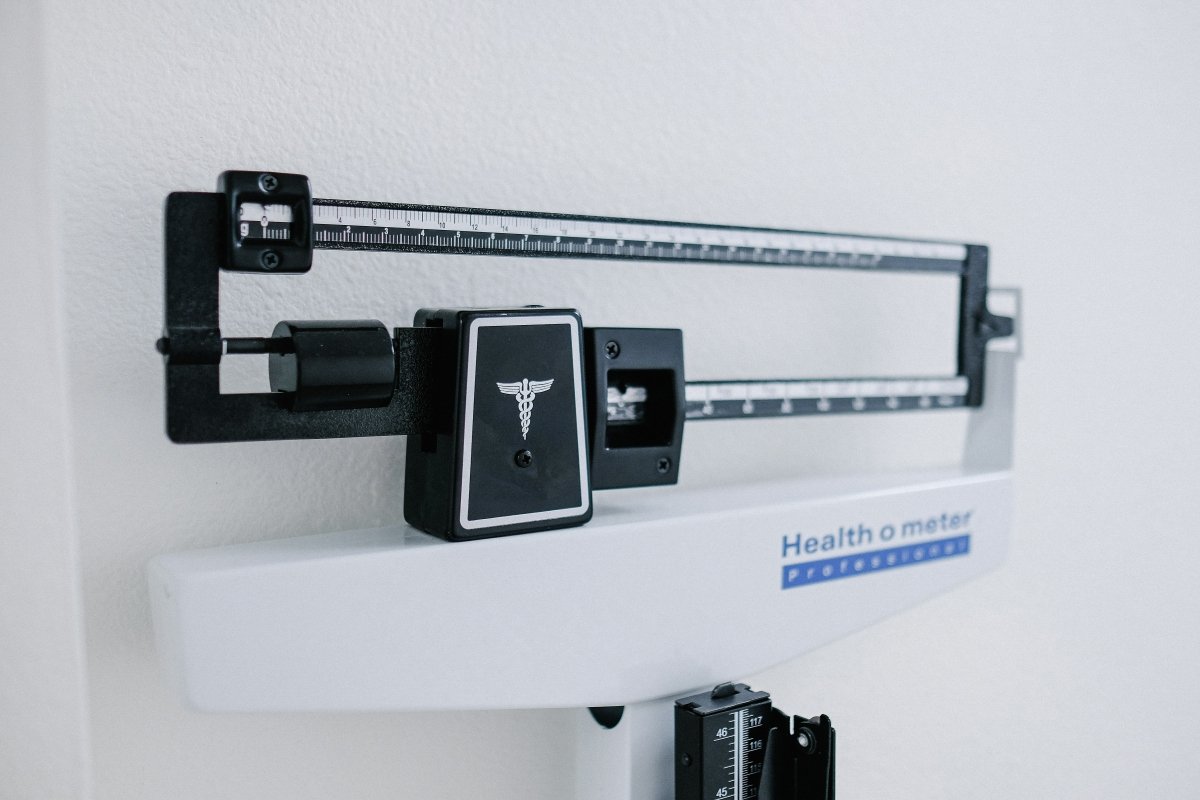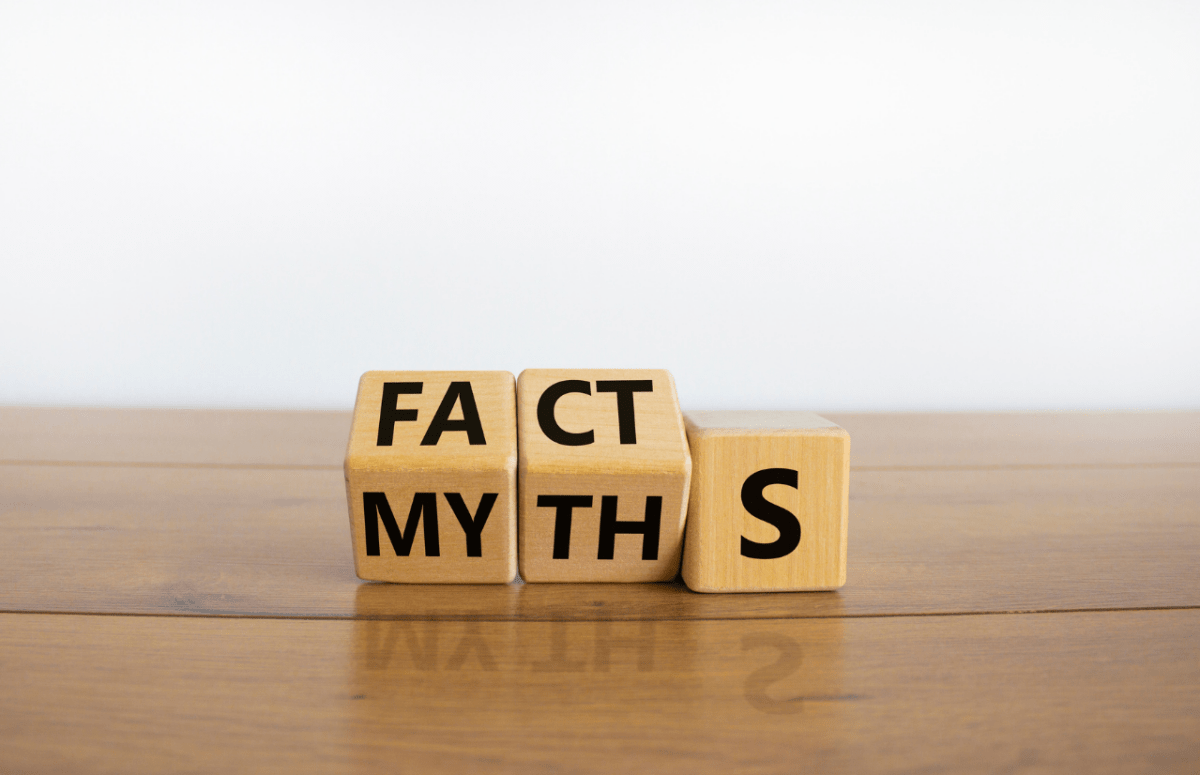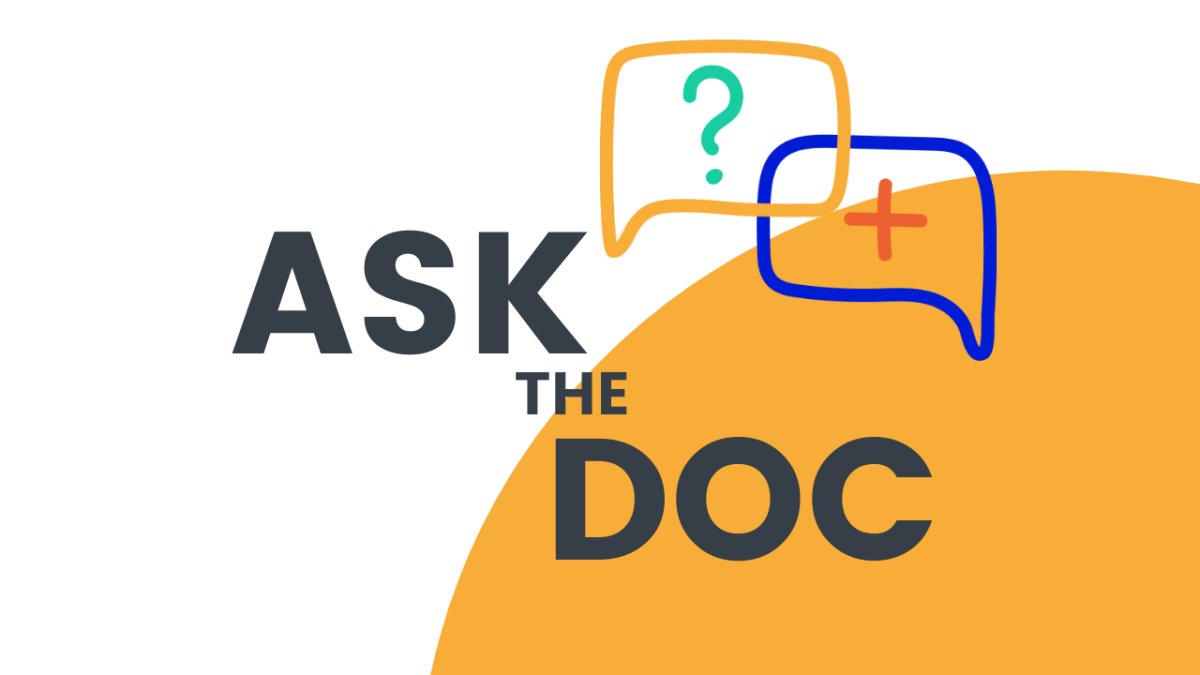GLP-1 (glucagon-like peptide-1) receptor agonists have gained popularity as effective medications for weight management and type 2 diabetes treatment. These drugs, such as semaglutide (Ozempic/Wegovy) and Mounjaro, work by enhancing insulin secretion, reducing appetite, and slowing gastric emptying. However, as these medications promote significant weight loss, maintaining muscle mass becomes crucial. This is where whey protein can play a vital role.
Understanding GLP-1s
GLP-1s are a class of medications that mimic the effects of the natural incretin hormone GLP-1. They help regulate blood sugar levels and promote satiety, leading to reduced caloric intake and subsequent weight loss. While effective, one of the concerns with rapid weight loss is the potential for muscle mass reduction. Preserving muscle is essential for metabolic health, physical strength, and overall well-being.
The Role of Whey Protein
Whey protein, a high-quality protein derived from milk during the cheese-making process, is rich in essential amino acids, particularly leucine. Leucine is known for its role in muscle protein synthesis, making whey protein an excellent supplement for those looking to preserve or build muscle mass. Most of us struggle to get adequate protein which can hamper our weight loss journey and lead to muscle loss. Therefore it is important you maximize protein absorption in your diet to preserve muscle mass if on a GLP-1 agonist.
Research indicates that higher protein intake may lead to reduced hunger throughout the day. For instance, a small 2015 study found that older women who consumed a high-protein breakfast ate up to 135 fewer calories later in the day compared to those who had a low-protein breakfast or skipped breakfast entirely. Additionally, a 2016 meta-analysis of five studies linked high protein intake with increased feelings of fullness. However, the authors noted that factors such as body weight, eating behavior, and other health conditions also influence sensations of fullness.
A 2020 review further suggests you can minimise weight regain by following a high protein diet in the first 3–12 months after losing weight.
Benefits of Whey Protein for GLP-1 Users
- Muscle Preservation and Growth: As GLP-1 users experience weight loss, the risk of losing muscle mass increases. Whey protein provides the necessary amino acids to stimulate muscle protein synthesis, helping maintain and even build muscle during weight loss.
- Enhanced Satiety: Whey protein is known for its ability to promote feelings of fullness. When taken as part of a meal or snack, it can enhance the satiety effects of GLP-1s, potentially leading to better adherence to dietary plans and preventing overeating.
- Improved Metabolic Health: Maintaining muscle mass is crucial for metabolic health. Muscle tissue is metabolically active and helps regulate blood sugar levels. By preserving muscle mass, whey protein can complement the glucose-regulating effects of GLP-1 medications.
- Convenience and Versatility: Whey protein is easy to incorporate into various dietary plans. It can be added to smoothies, oatmeal, or simply mixed with water or milk, making it a convenient option for those on the go.
- Nutrient Density: Besides protein, whey protein supplements often contain additional nutrients such as vitamins, minerals, and bioactive compounds that can support overall health.
How to Incorporate Whey Protein into Your Routine
- Post-Workout Shake: Consume a whey protein shake after exercise to support muscle recovery and growth. Aim for 20-30 grams of protein within 30 minutes post-workout.
- Meal Replacement: Use whey protein as a meal replacement or snack to ensure adequate protein intake without excess calories. Combine with healthy fats and carbohydrates for a balanced meal.
- Before Bed: Taking a protein-rich snack before bed can help maintain muscle protein synthesis overnight. Consider a small whey protein shake or yogurt mixed with whey protein.
For those using GLP-1 medications, incorporating whey protein into their diet can provide substantial benefits in preserving muscle mass, enhancing satiety, and supporting overall metabolic health. By combining the weight loss effects of GLP-1s with the muscle-preserving qualities of whey protein, individuals can achieve a balanced and healthy approach to weight management.





Share:
Mounjaro vs. Wegovy - Mounjaro comes out on top
Beyond BMI: The New Era of Body Fat Percentage in Defining Obesity